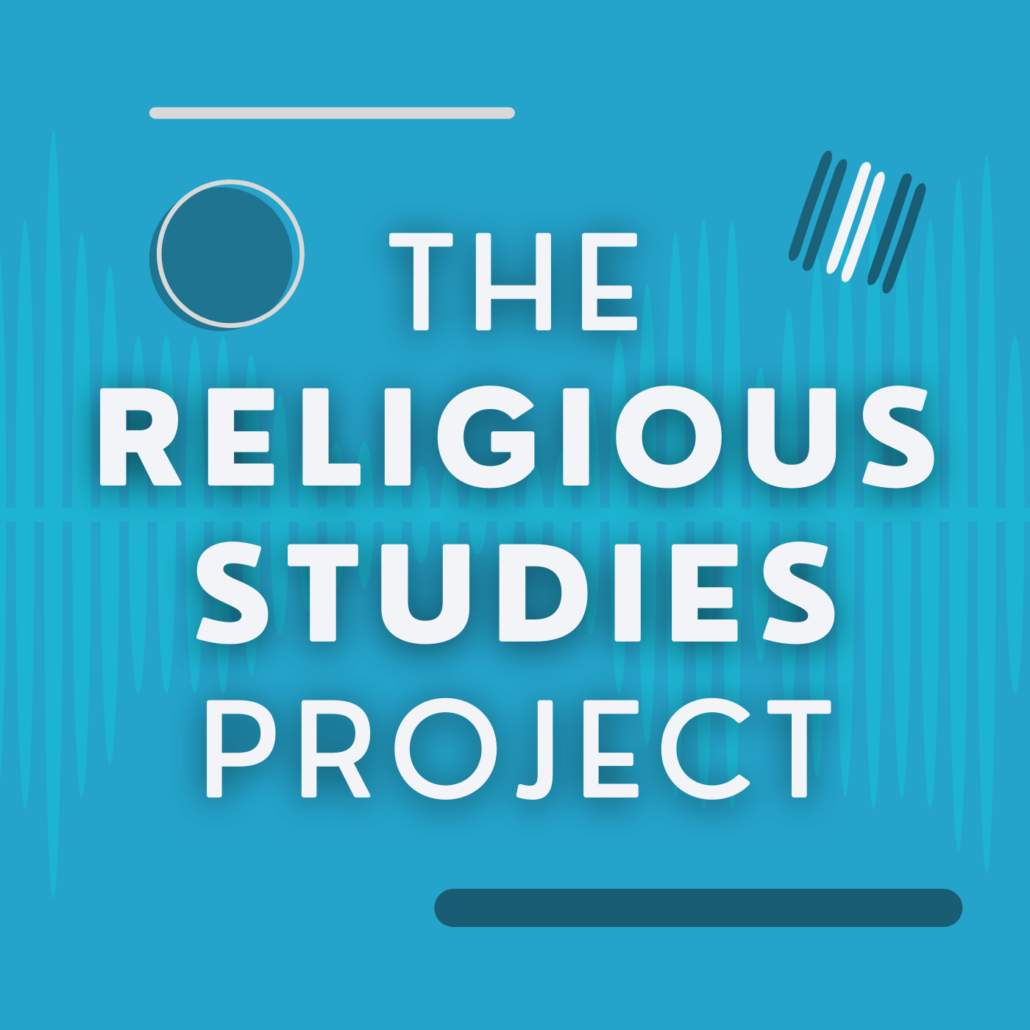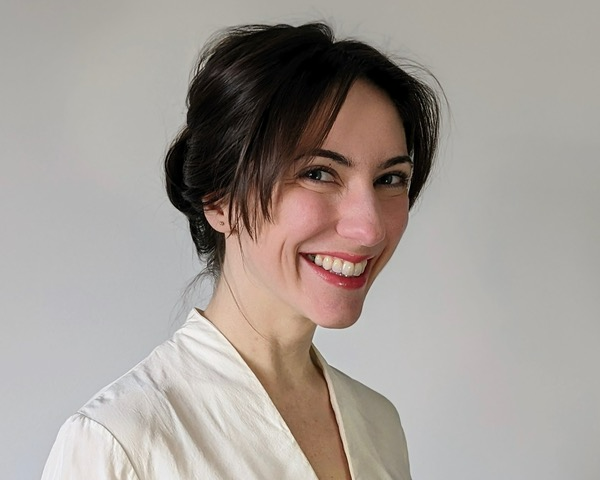The Blog Assignment:
“Authentic” Learning about Spirituality, Secularity, and Nonreligion?
Sharday Mosurinjohn
In this first post of a two-part series Sharday Mosurinjohn reflects on the outcome of a new assignment that was intended to invite students to write in a way that was both familiar to their usual online communication (short and social media-based) and scholarly. The results led her to rethink the meaning of “authentic learning” (pedagogical approaches that empower learners to collaborate with one another – and in this case, professional scholars – to engage real-world complex problems) when it comes to digital information and communication technologies. In the second post, she and colleague Richard Ascough (School of Religion, Queen’s University) will discuss strengths and weaknesses in students’ digital literacy and explore how understanding one of the weaknesses might actually help us understand a particularly troublesome religious studies concept – what they consider a “threshold concept.”
One Monday late in the Winter semester I got an email from a student in my Spirituality, Secularity, and Nonreligion course that contained only the line: “So this will probably be the coolest thing to happen to me today.” She had received a note from the NSRN’s (and RSP’s) own Dr. Christopher Cotter about a reply she’d made to Madeleine Parkes’ post about secular spiritual care in hospitals. It wasn’t the ideas in her reply, exactly, that had prompted the correspondence, but rather the nature of it: it was long, cited, and, most unusually in the academic blogosphere, in tandem with several others. I was thrilled to see how excited my student was to realize that she was truly participating in a public scholarly conversation and that her participation was being recognized – but in the moment my main emotion was actually relief. When I scrolled down I saw that Chris was only “pleasantly intrigued” over the flurry of blog activity, whereas I had feared he might be “moderately annoyed” at being trolled by my fifty-odd students whom I’d set about this assignment without seeking permission from any blog administrators. Of course my student’s post wasn’t inflammatory or off-topic, but she had actually voiced her concern about being publicly critical of someone else’s scholarship, and that became the basis of digital pedagogy lesson one for me from this assignment. As the various members of the class began finding blogs of interest and making their replies, I realized that many of them were concerned about what was fair game to post – was it okay to be critical? how critical? did they have to be critical? wait, what did you say in Week 1 that “critical” really meant? But having invented this assignment new (for the first offering of a new course I had just designed) I had failed to anticipate how this kind of parallel processing (Ascough 2014) could have been built in to support one of my learning outcomes, which was “practice your scholarly writing skills … by participating in the ongoing, public conversation about topics in this field.” But before I say any more on this, I should tell you what the assignment actually was.
The “Blog Assignment” went like this:
Sign up to a topic (max. 4 students/topic) and comment on a relevant post from a list of blogs I give you. Choose one group member to be the “original commenter.” The others will reply to that comment. Comments should be ~500 words, and include: a critical question about the material to which they are responding; a counter-argument to a claim; or a critical insight to extend an idea developed in the material. Citations should follow the format of the blog author. Post a timestamped screencap and URL in the class website forum.
I had actually thought that having my students do an assignment that took place in public as part of the “real world” of the profession would make them more careful than they might have otherwise been in the confines of the classroom, whose preparatory nature seems sometimes to lead to the tacit assumption that what’s done there is only for grades, not for the values propounded by the scholarly guild. At the very least, I supposed that the online visibility might keep certain parts of the class honest who might have otherwise phoned it in directly to me. The spectre of shame-based learning proved feeble in this case, however, and that fact remains a mystery to me. I found, for example, that all but a handful of students misidentified the author of their chosen blog as the site administrator who had posted it. This, despite there being a bio note and photograph of the scholar in each post. A few groups approached me to ask whether they could respond to a blog that was posted on a site whose description was “Backpackerverse gives you the best backpacking, hiking, and camping tips, tricks and news. You also get up to date reviews and recommendations on outdoor gear.” Just as many of the assignments turned up unpolished and riddled with typos as would have if it were an essay. Now, I know that I’m temperamentally what David Foster Wallace termed a “snoot” – a language fanatic who suffers for their love so much that, as Donovan Schaefer recently elaborated, “when I see a mistake on a page, it breaks the flow of my reading, warping my field of vision and pulling my eyes back to it. Especially when the error makes the meaning of a word or sentence truly ambiguous, I feel this strange pulse, this force compelling me to fix it, to correct” (2018, 71). But such mistakes aside, I also noticed there was no marked improvement in students availing themselves of the course content that would have helped them make their point. Why didn’t these holes trip them? Why didn’t the shabby appearance of their contributions make them blush?
I did notice, though, that pretty well everyone engaged with the substance of the blog post and the thoughts of their peers in the comments thread. So the public, collaborative element of the Blog Assignment did achieve some of its intended effects. Some students volunteered to me in conversation that they liked the opportunity to do an “unusual” assignment, though I had assumed that as unusual as it might be in terms of coursework, the task itself would be far from unusual to them. Rather, I had thought, blog commenting would fit into the way they really communicated in their day-to-day lives. But digital literacy, it turns out, means many things, just as traditional literacy does, and here is lesson two for me: just because most of my students are “digital natives” it is not the case that they have high levels of digital literacy. Or rather, it is not the case that their digital literacy reaches all corners of the digital information and communication world.
To be continued…
References
- Ascough, Richard. 2014. “The Parallel Process.” Teaching Theology and Religion 17(4): 346-347.
- Schaefer, Donovan O. 2018. “Beautiful Facts: Science, Secularism, and Affect.” In Feeling Religion, ed. John Corrigan, 69-92. Durham, NC: Duke University Press.



